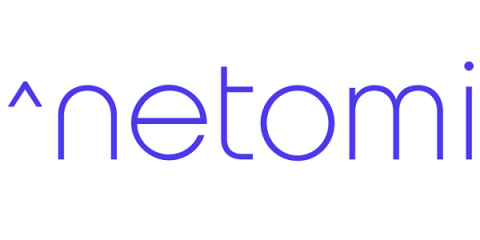Teams | Collaboration | Customer Service | Project Management
Knowledge Management
13 Best Knowledge Base Examples to Learn From
Companies set up knowledge bases to help customers find answers to their queries faster. However, not all help centers have the desired outcome of providing effortless resolutions to customers. In fact, they end up leaving users more confused and frustrated after accessing a poorly-designed knowledge base. If you’re building your first help center or looking to improve your existing self-service experience, you’re in the right place.
Knowledge Base Definition: Tips, Tricks, & Best Practices
The 15 Best Knowledge Base Software Platforms & Tips for Selecting the Right One
We are living in an information age, with instant access to information and knowledge available at the click of a button. Yet, many spend a large majority of their time combing through a cluttered market of content, as there is just so much out there.
Knowledge management overview - in less than 5 minutes
Avoid the "Knowledge Hero": Tips for Better Knowledge Sharing
We all know the story. The "knowledge hero," the one Subject Matter Expert on the team, whose expertise everyone relies on. This sounds good in theory but of course reliance on one single point of authority creates problems. What happens if that person is sick or on annual leave? What you really want is for all team members to share their knowledge and expertise. Enter the knowledge management practice.
Knowledge Base Mistakes (And How to Spot Them)
We’ve been pretty enthusiastic about teaching you how to create a solid knowledge base. Yet knowledge base mistakes are still very common despite our best attempts to crush them into oblivion. This article is here to help you avoid those pesky sandtraps. According to an IDC survey, Fortune 500 companies lose a staggering $31.5bn yearly from knowledge base mistakes alone. Or, in other words, companies lose money from their inability to effectively share knowledge.
What is a knowledge base? The essential tool you're missing
Customers want answers, and they want them fast. About 60 percent of consumers say quick problem-solving is a mark of great customer service. But how do you deliver speedy service without sacrificing quality? By creating a knowledge base. Knowledge bases provide on-demand support by answering common questions and explaining how to use products or services successfully. With this resource, customers can solve problems independently.
How To Strengthen Self-Service With Effective Knowledge Management
“By 2022, we’ll be talking to bots more than our own spouses.” – Deloitte Rapid technological advancements have pushed businesses to make all information available at customers’ fingertips to deliver a seamless digital experience. Customers today prefer to be self-sufficient. 40% of consumers1 now prefer self-service over human contact.
5 simple ways to boost knowledge sharing in your organization
Knowledge sharing within an agency has never been easier—as long as you have the tools and the will to tell others what you know. The problem is that research shows more information generally leads to less knowledge sharing within a team. A phenomenon called “knowledge hoarding” may be to blame, or something less sinister, like employees not having the necessary tools to share what they know. So, what does that mean for your workplace?











